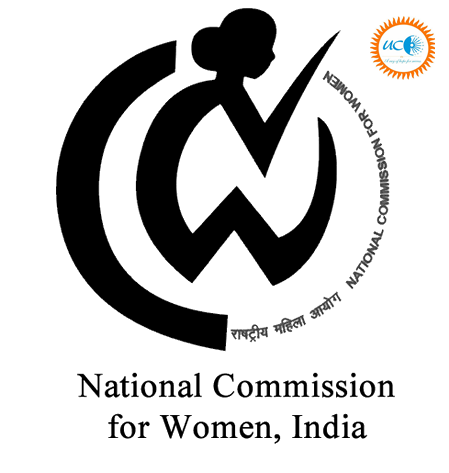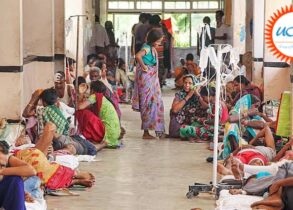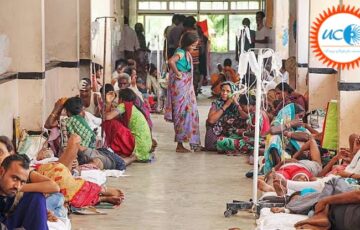NCW moves SC to raise minimum age of marriage for Muslim women
Recently, the National Commission for Women (NCW) requested the Supreme Court to raise the minimum age of marriage for Muslim women so that it is equal to that of people of other religions. The Supreme Court has ordered the government to reply to this request.
What is the Legal Framework of Minimum Age for Marriage?
- Background:
- In India, the minimum age of marriage was prescribed by the Sarda Act, 1929. It was later amended as the Child Marriage Restraint Act (CMRA), 1929.
- In 1978, the CMRA was again amended to raise the minimum age of marriage to 18 years for girls and 21 years for boys.
- This position remains the same even in the new law called the Prohibition of Child Marriages Act (PCMA), 2006, which replaced the CMRA ,1929.
- Current:
- For Hindus, the Hindu Marriage Act, 1955 sets 18 years as the minimum age for the bride and 21 years as the minimum age for the groom.
- Islam recognises the validity of a minor who has reached puberty getting married.
- The minimum age of consent for marriage is set at 18 and 21 years old, respectively, by the Special Marriage Act of 1954 and the Prohibition of Child Marriage Act of 2006.
- For the new age of marriage to be implemented, these laws are expected to be amended.
- In 2021, the Union Cabinet proposed to raise the legal age of marriage for women from 18 to 21 years.
What are the Issues with Underage Marriages of Women?
- Human Rights Violation: Child marriage violates girls’ human rights and makes them almost invisible to policy.
- They are deprived of a number of fundamental rights, including as the right to an education, the right to leisure time, and the right to protection from mental or physical abuse, including rape and sexual exploitation.
- Disempowerment of Women: The inability of child brides to finish their education leaves them dependent and powerless, which is a significant barrier to achieving gender equality.
- Associated Health Issues: The costs of child marriage include teenage pregnancy and child stunting, population growth, poor learning outcomes for children and the loss of women’s participation in the workforce.
- Teenage wives often have low status in the home, which condemns them to long hours of domestic work, poor nutrition and anemia, social isolation, domestic abuse, and less control over household decisions.
- Low birth weight is another factor that contributes to the intergenerational cycle of malnutrition, along with inadequate schooling, malnutrition, and early pregnancy.
Conclusion
- The current regulations on marriage are age-centric, do not create an exception for children of any specific faith, and classify people only based on their ‘puberty,’ which has neither any scientific support nor a logical connection to their ability to get married.
- Even while a person who has reached puberty may be biologically capable of reproducing, this does not necessarily mean that they are emotionally or physically ready to participate in sexual activity and conceive children.








